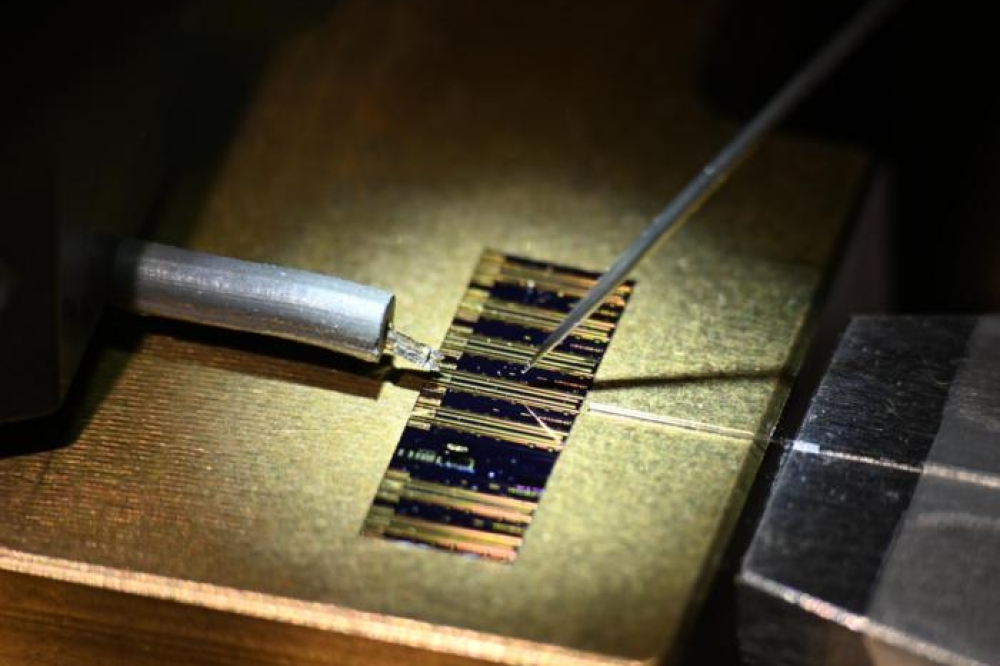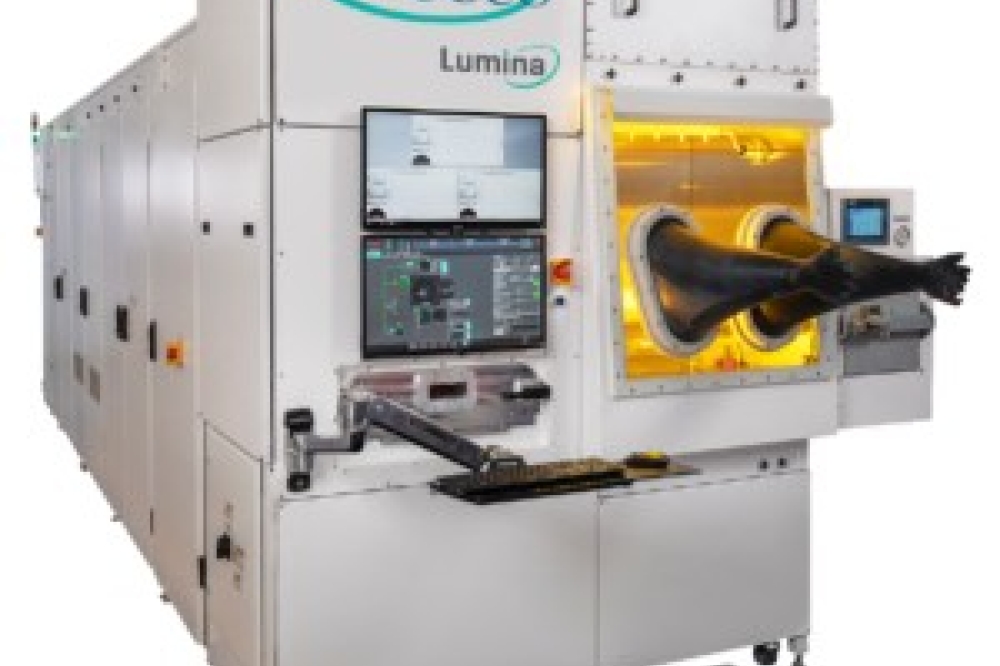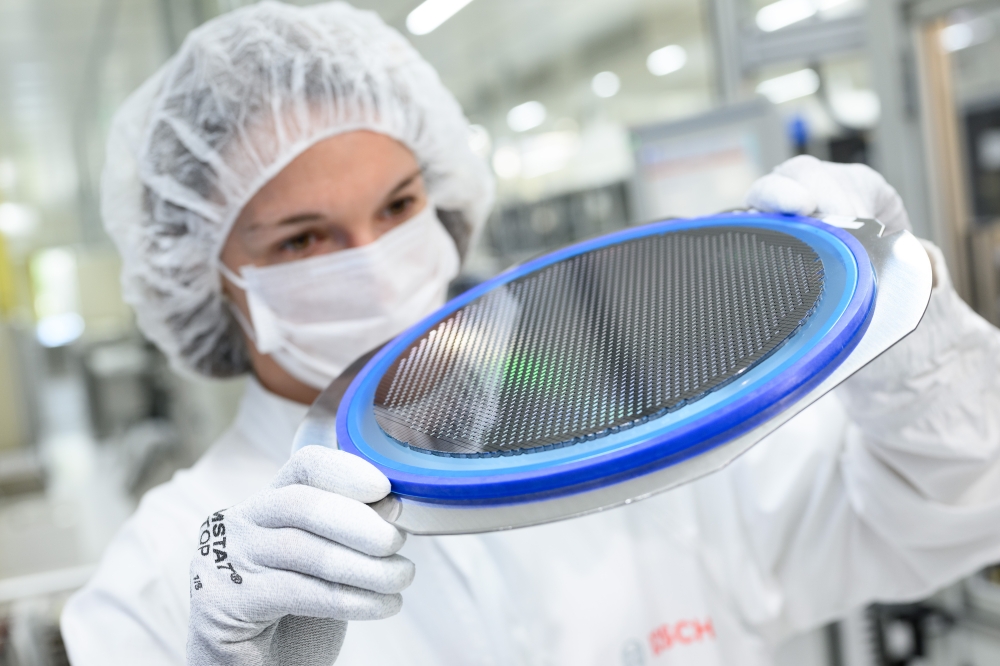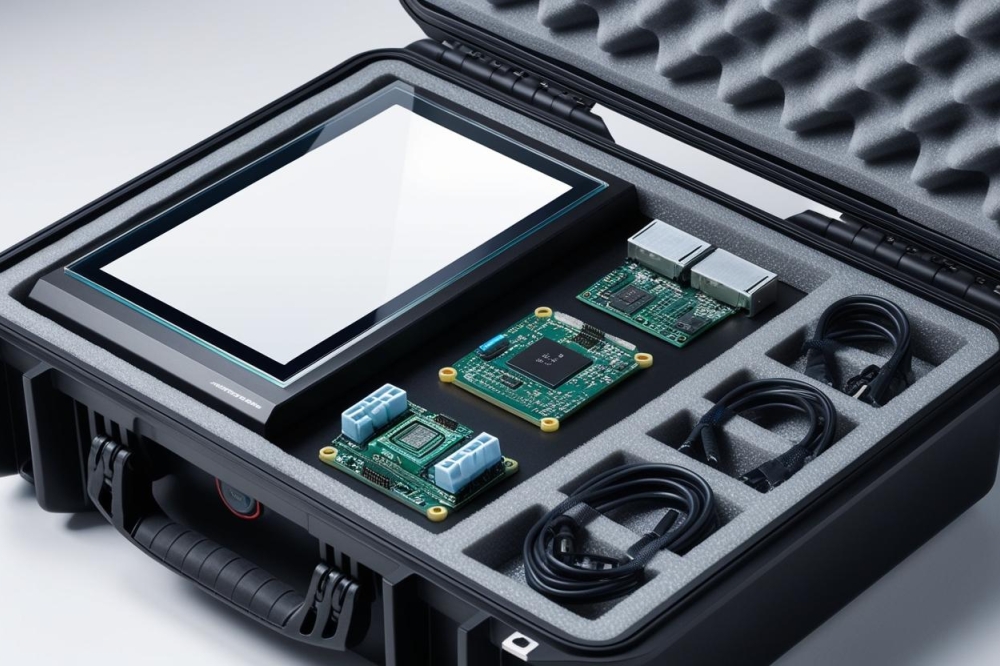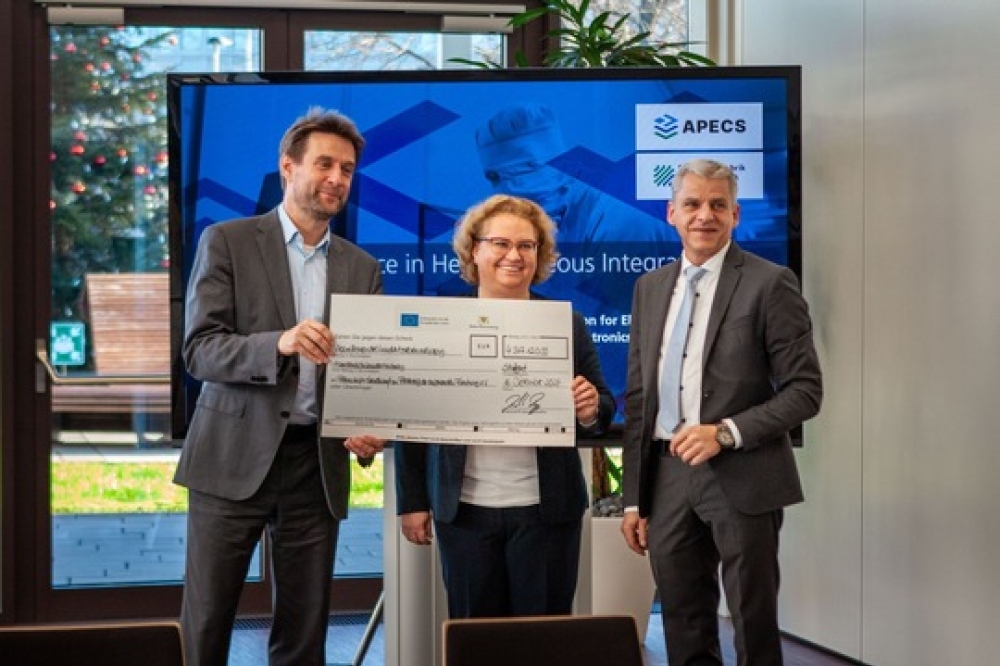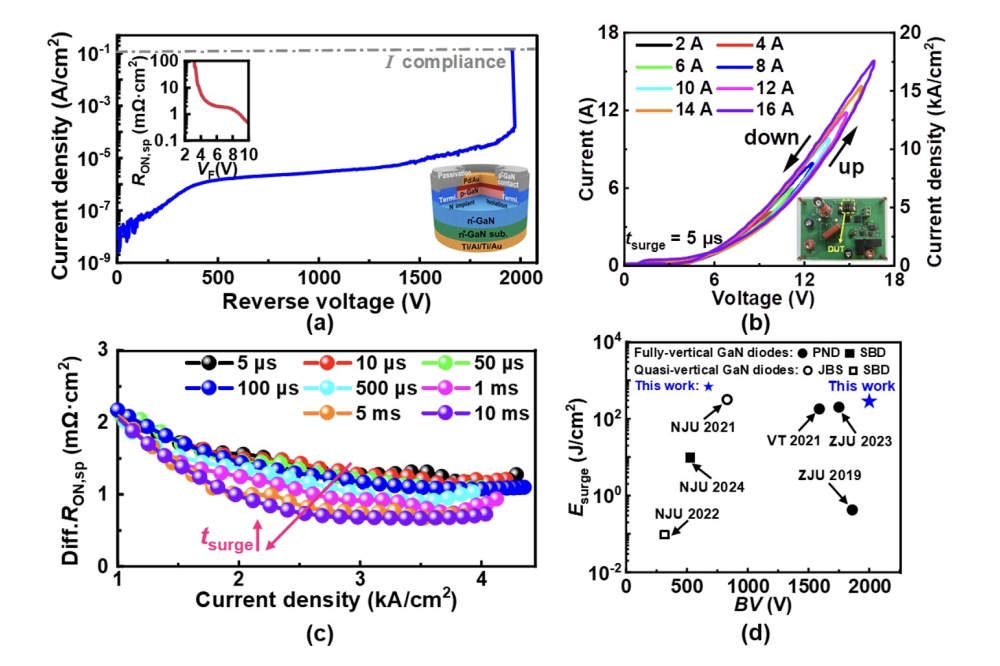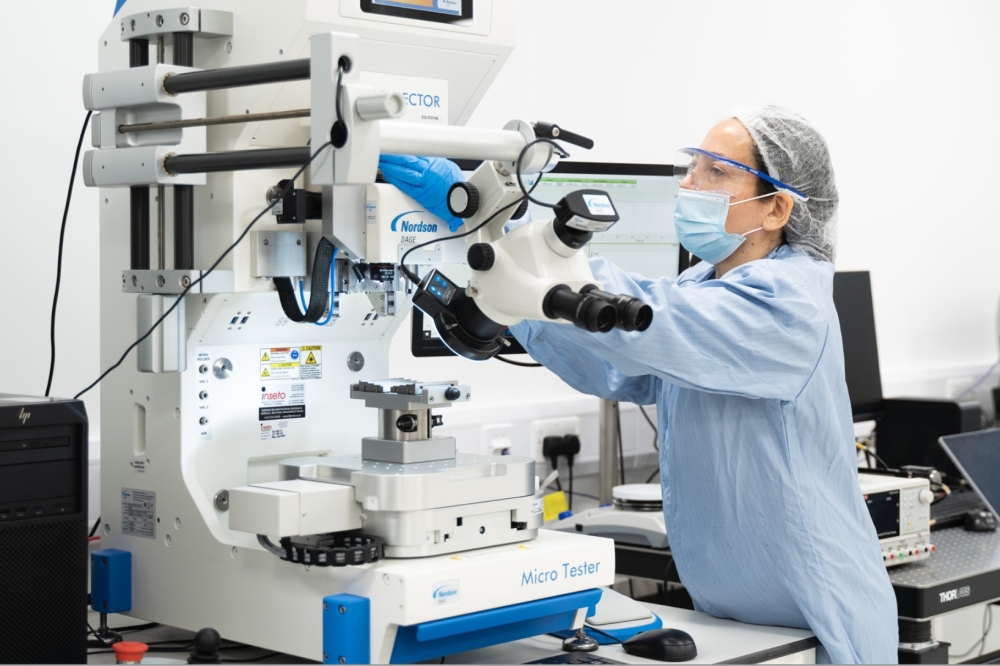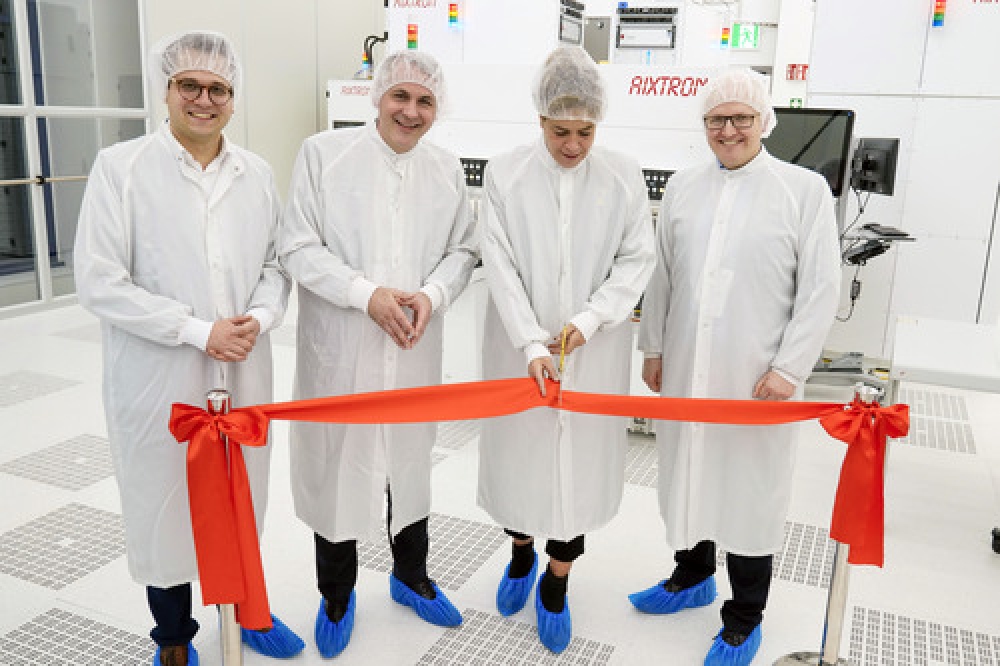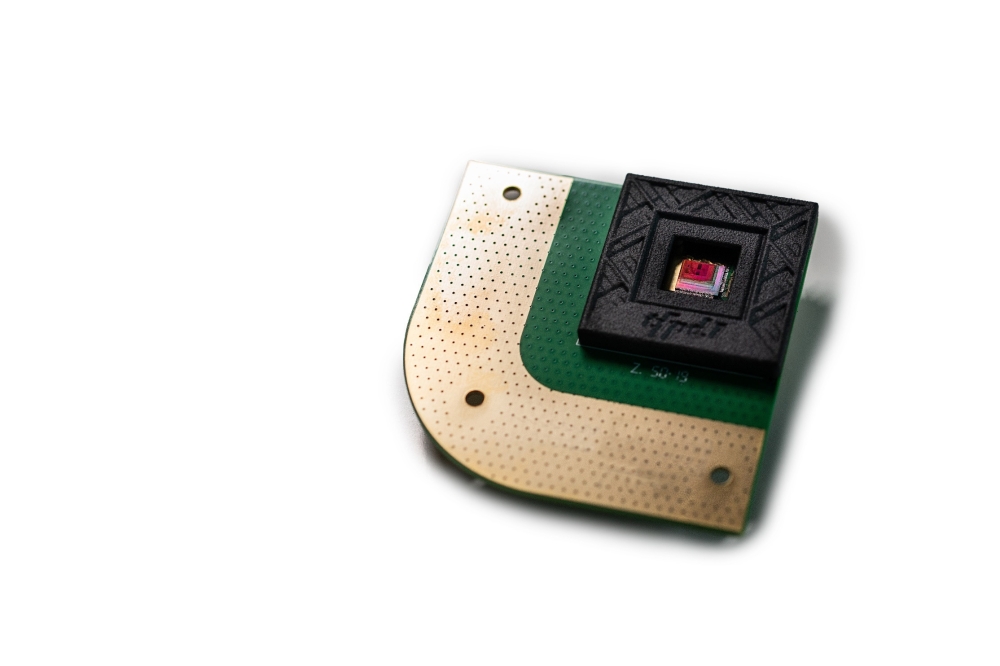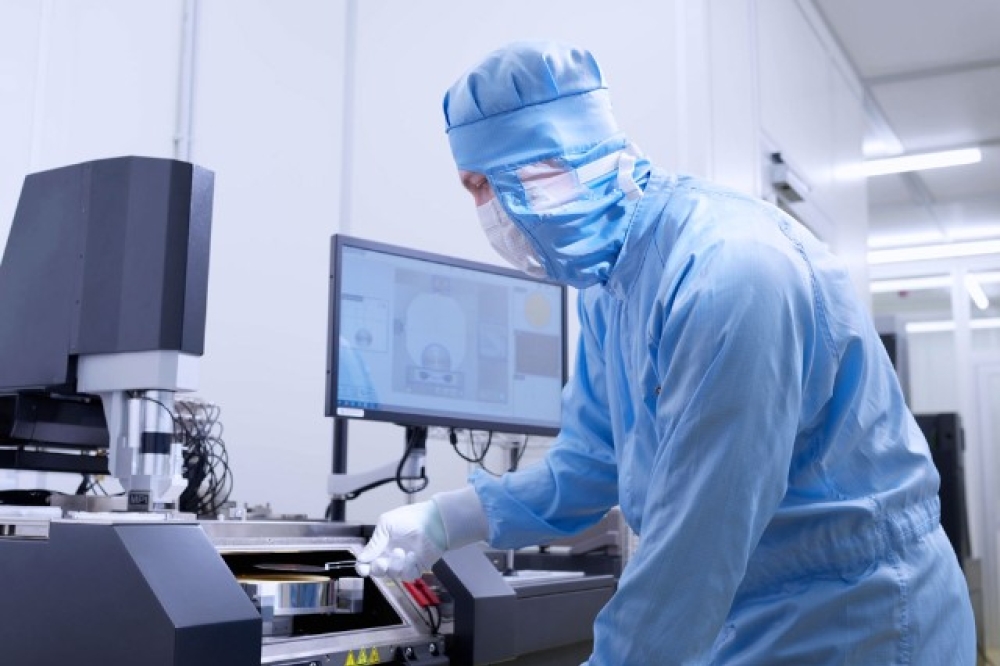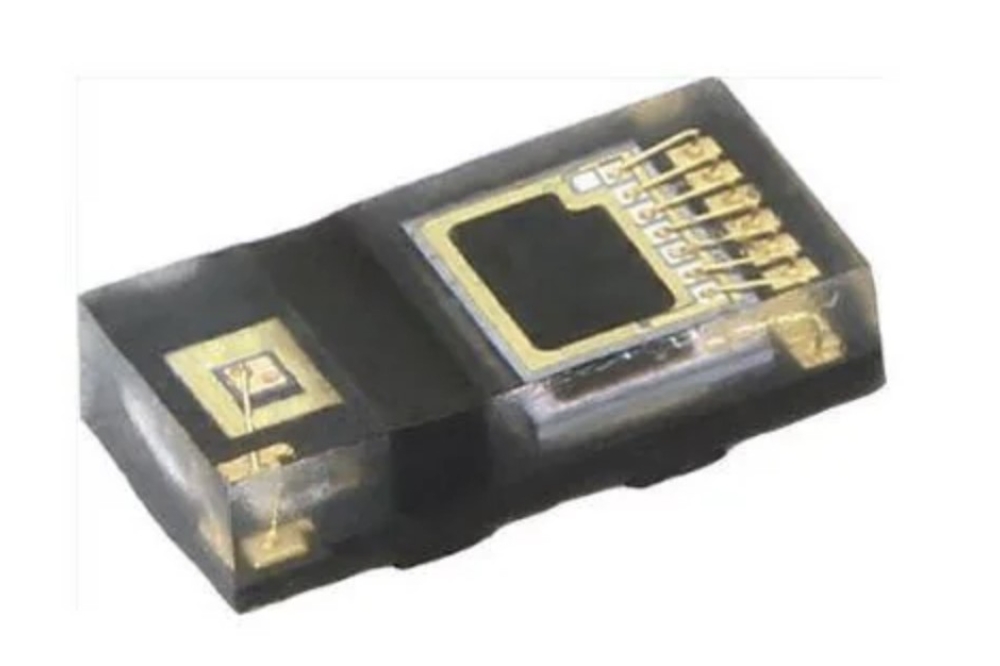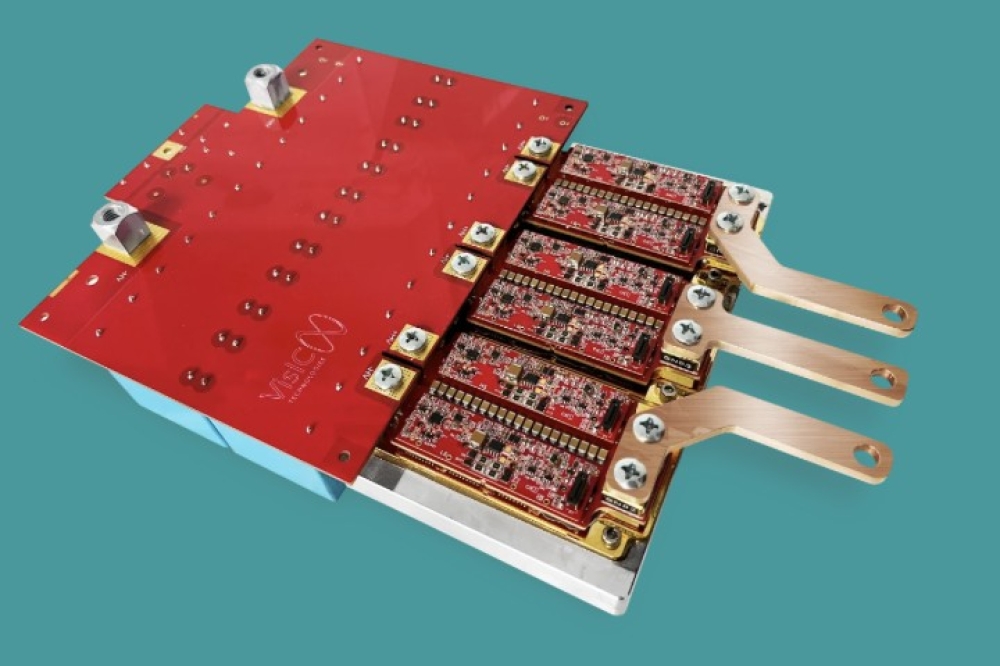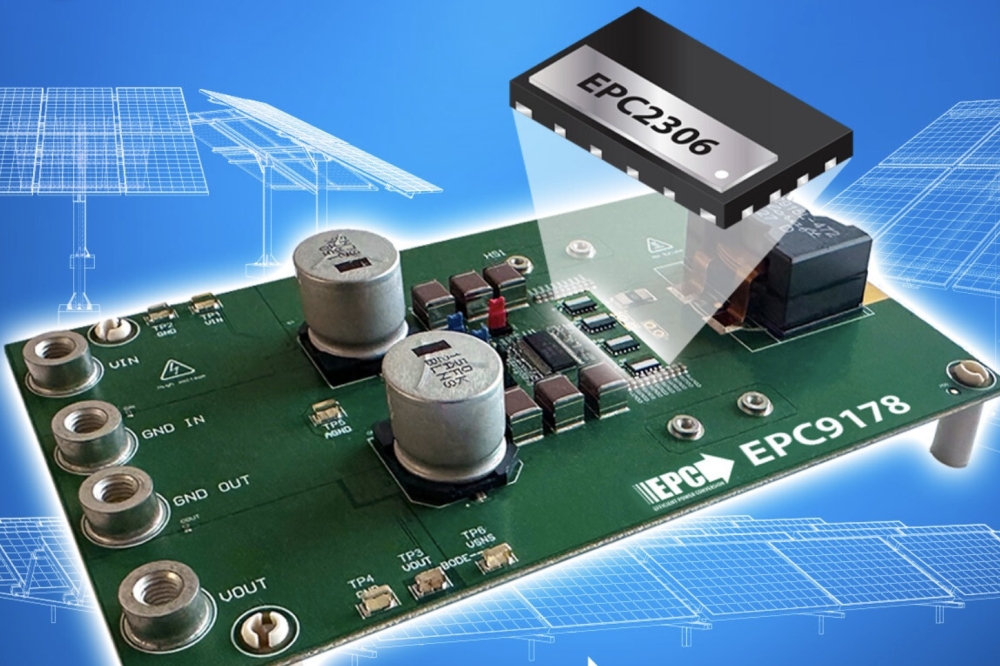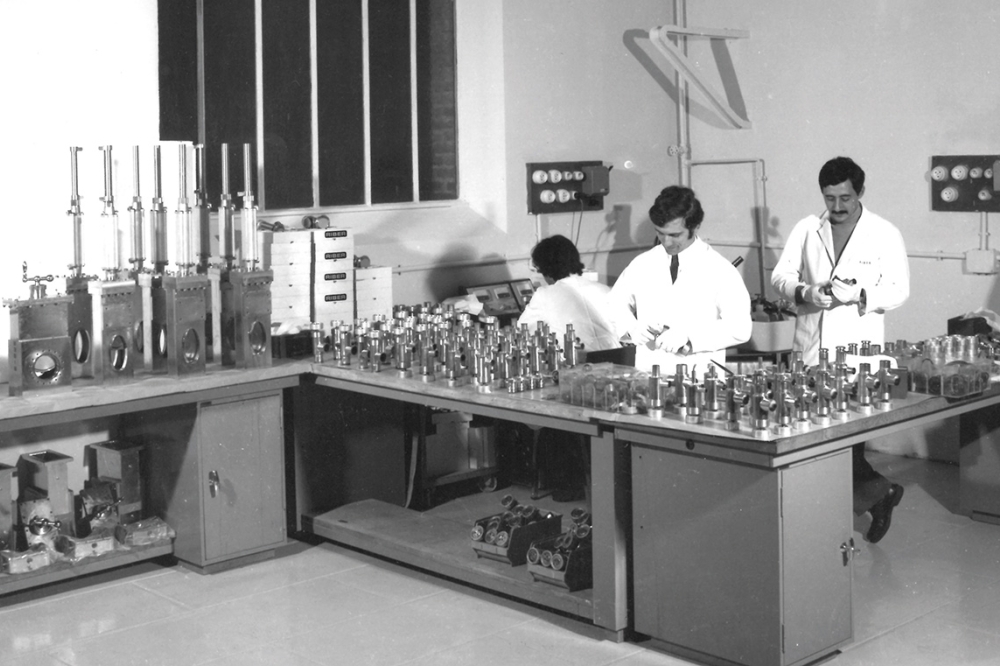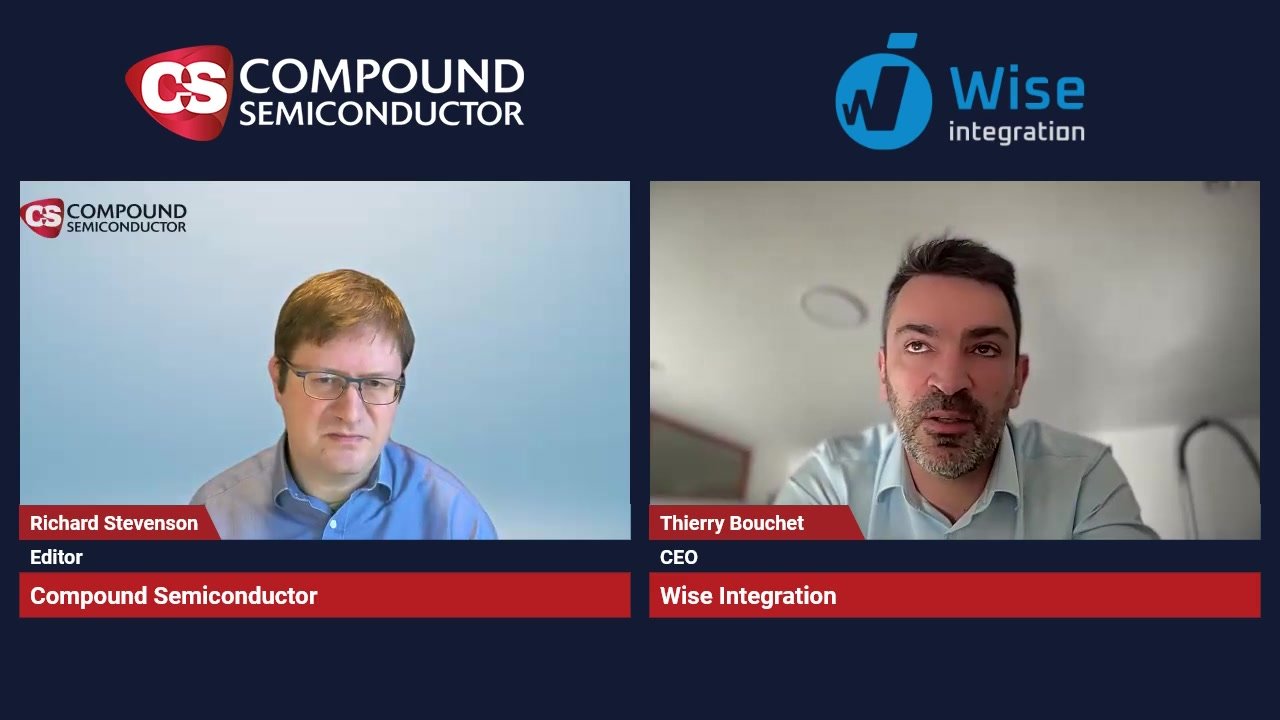Top-down chemical method shows promise for thinning MoS2 crystals
2D layers of transition metal dichalcogenides such as MoS2 and WSe2 have shown their potential use in applications such as flexible electronics, photodetectors, light harvesting and valleytronics. But despite rapid progress in this field, efficient and controlled synthesis of high quality 2D crystals remains a challenge.
Last month, scientists from the National University of Singapore reported a promising new approach using a simple wet chemical method for thinning MoS2 crystals.
In their study, published in the journal APL Materials, they show that concentrated nitric acid effectively etches thin MoS2 crystals from their edges via formation of MoO3. Moreover, etching of thin crystals on a substrate leaves behind unreacted mono- and bilayer sheets.
![]()
Figure 1: Schematic illustrating the etching of top layers of bulk MoS2 down to its monolayer. In a typical experiment, the substrate was placed in contact with the top surface of the acid.
![]()
Figure 2: Optical image of a thick (>100 nm) MoS2 flake (a) and (d) before and (b) and (e) after HNO3 etching. (c) and (f) Fluorescence images of the etched flakes corresponding to the those shown in (b) and (e).
The researchers report that flakes obtained by chemical etching exhibit electronic qualities comparable to that of mechanically exfoliated counterparts, suggesting that self-limiting chemical etching is a promising top-down route to preparing atomically thin crystals from bulk layer compounds.
This is a brief summary of the paper 'Wet chemical thinning of molybdenum disulfide down to its monolayer' by Kiran Kumar Amara et al, APL Mat. 2, 092509 (2014)

